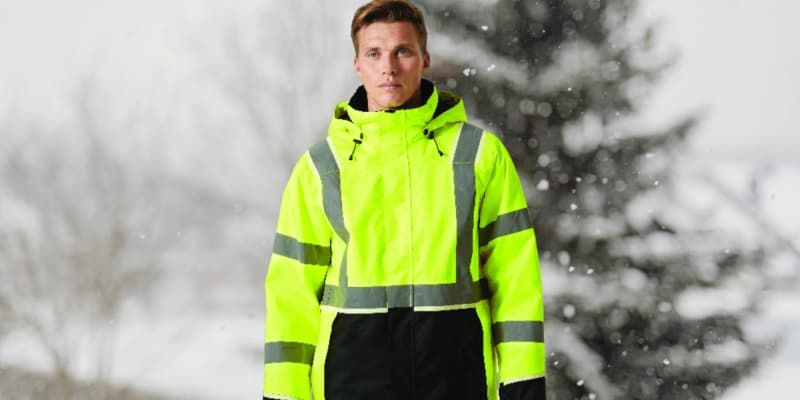
By Samuel Rapley 04/08/2016
Under: Team WelfareHow to Keep Employees Safe in the Sun
If your workforce is exposed, then sun safety advice must be part of your routine health and safety training.
Recent statistics from Cancer Research UK put new cases of malignant melanoma at over 14,000 a year, with over 2,000 deaths. Yet, they also show that skin cancer is one of the most preventable: 86% of cases are caused by overexposure to ultraviolet (UV) rays and are avoidable. As well as skin cancer, sun exposure increases the danger of illnesses including dehydration and sunstroke.
Prioritising sun safety will not only ensure a healthier, happier workforce, it will also minimise losses in productivity and absenteeism from sunburn, dehydration and sunstroke as well as more serious cases of skin cancer.
Follow these top tips for sun safety...
Monitor UV Levels
The UV index forecast identifies the strength of UV radiation from the sun using a combination of factors including: time of day, time of year, forecast cloud cover and ozone amounts in the stratosphere. The UV index can be checked on the met office website. Use sun protection at levels of 3 or above, using stronger protection above a rating of 5. Appoint a 'sun safety champion' to check daily UV levels online and display the score in the staff room.
Checking UV is important as levels can still be high on cloudy days. Remember, the risk is higher in the middle of the day between 11am and 4pm. Remember, the risk is higher in the middle of they day between 11am and 4pm. Reflection can also have a big impact on UV: snow can reflect up to 85% of UV radiation, sand 15%, concrete 10% and water 5-10%.
Move to the Shade
Avoiding the need for workers to be outside, especially during the middle of the day, should be a priority for managers. If possible, schedule outdoor tasks to times when UV is less strong or relocate tasks to a sheltered area.
Often it's unavoidable for workers to stay out of the sun. When this is the case, ensure team members take regular breaks in shady areas and keep staff rooms and canteens cool.
Cover Up
Encourage workers to cover skin as much as possible. Tightly woven clothing is one of the best defences against UV. While it may be tempting for workers to take tops off in hot weather, this isn't good news for minimising skin damage. Hats are also a good idea to protect faces, ears and nects.
Use Sun Cream
Protect uncovered skin using sun cream with a UV factor of 30+. Apply to dry skin 30 minutes before going outside and reapply every 2-3 hours or more in sweaty conditions. Remind employees to give extra attention to vulnerable areas such as the back of the neck, shoulders and ears.
Browse our top value sun cream packs which fit into a dispenser for easy use and quick application.
Wear Sun Glasses
UV can also be damaging to eyes, so good quality sun glasses are a must. Look for sunglasses that protect you from 99 - 100% of both UVA and UVB light. Glasses labelled as 'UV400', such as our Smoked Safety Spectacles (starting at £7.38) protect against all light rays with wavelengths up to 400 nanometres which covers all UVA and UVB rays.
Stay Hydrated
Dehydration is not only harmful to health; it can also seriously impact worker productivity. Encourage team members to drink water throughout the day and watch for signs of dehydration. Early warnings are thirst and darker urine. Other symptoms include headache, dry skin, lips and mouth, tiredness, dizziness and light-headedness.
Melanoma Awareness
Encourage employees to regularly check their skin for early signs of melanoma. When caught early skin cancer has a very strong treatment rate. People should get familiar with their skin and any moles and check any changes with a doctor.
People at higher risk include those who:
- Have fair skin
- Freckle or burn in the sun
- Have lots of moles, or large/adnormal moles
- Have a family history of skin cancer
Enfield Safety – no one works harder to bring you health, safety and welfare products at the right price, on time, every time.

.jpg)
